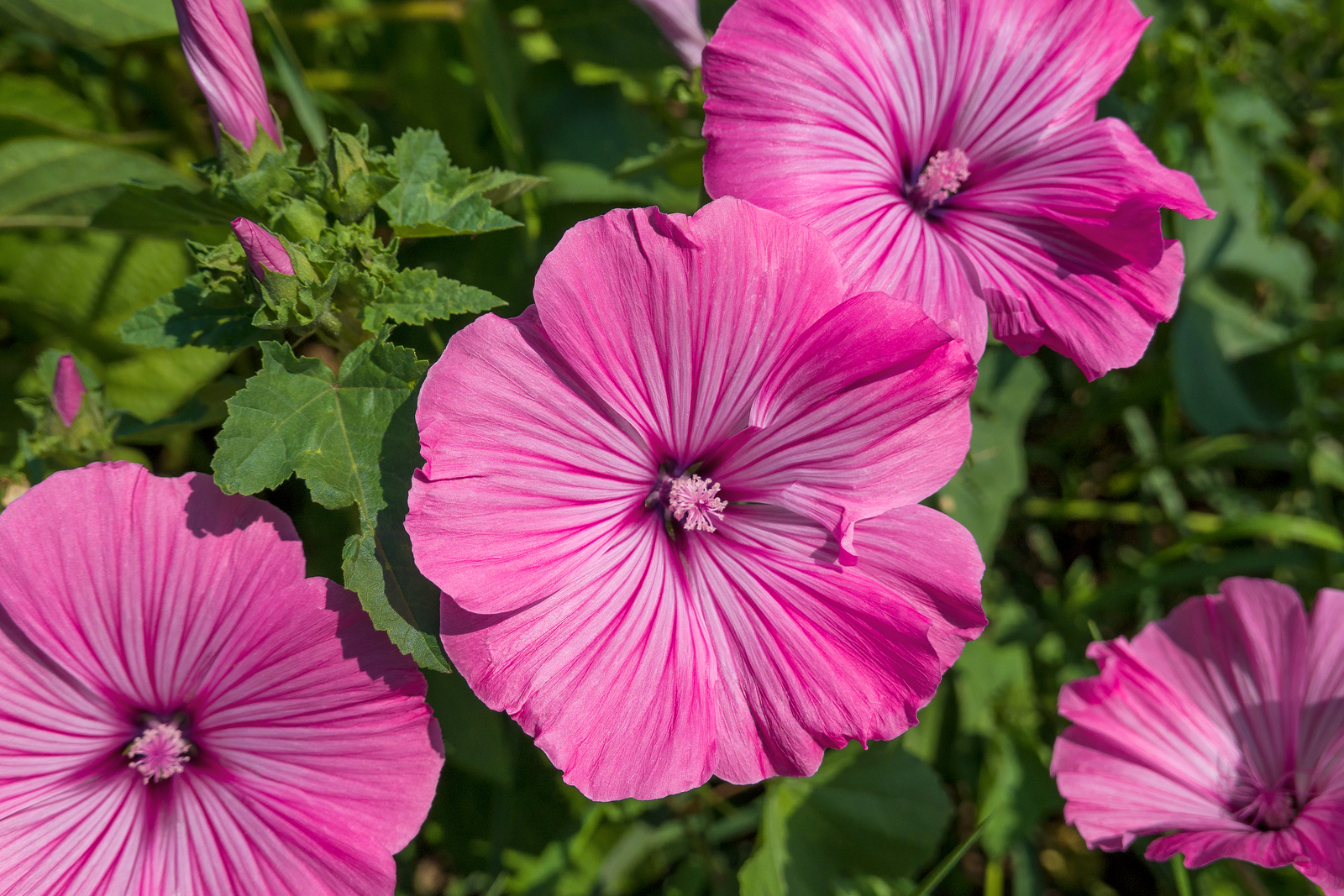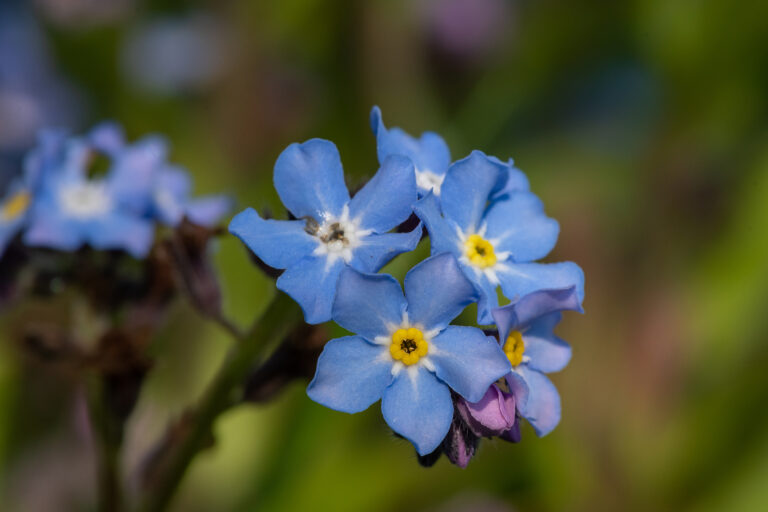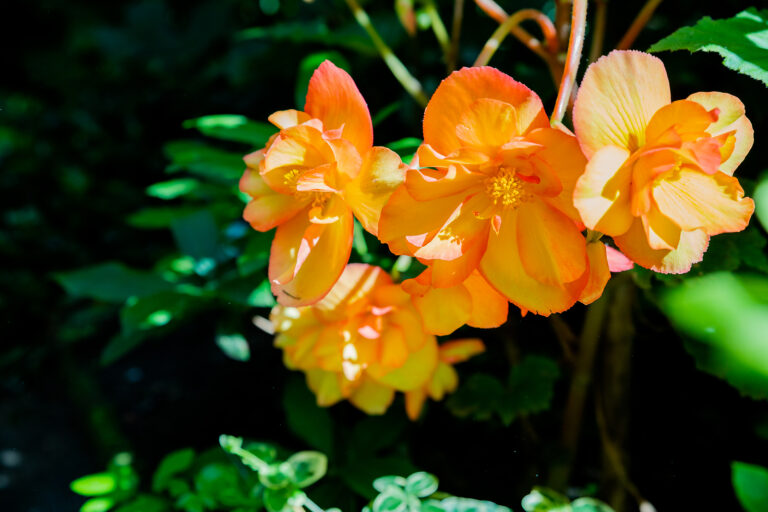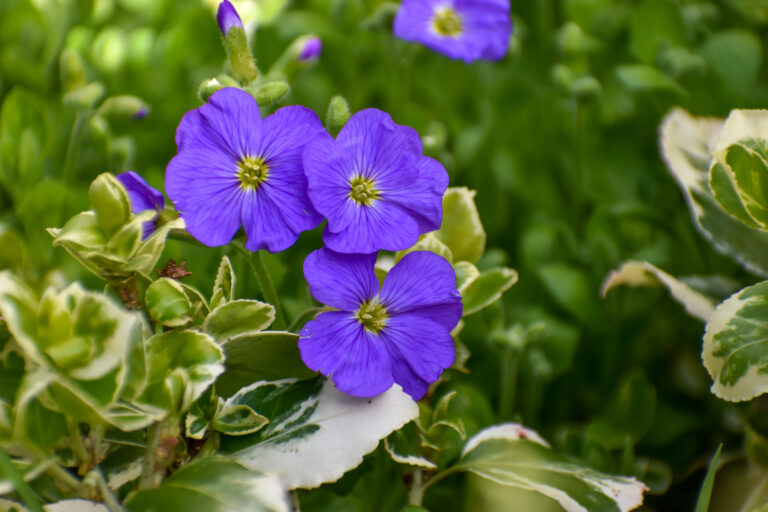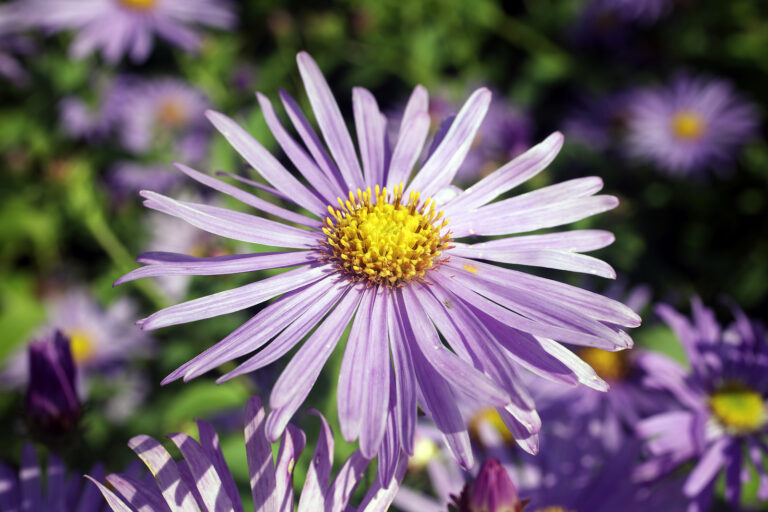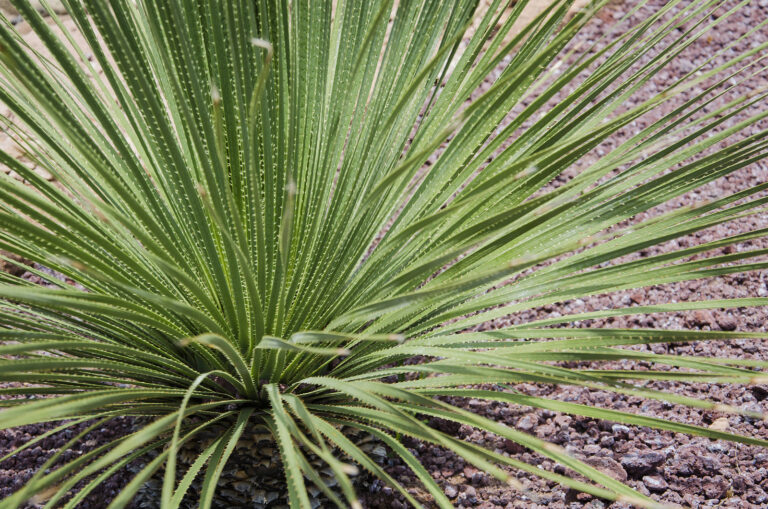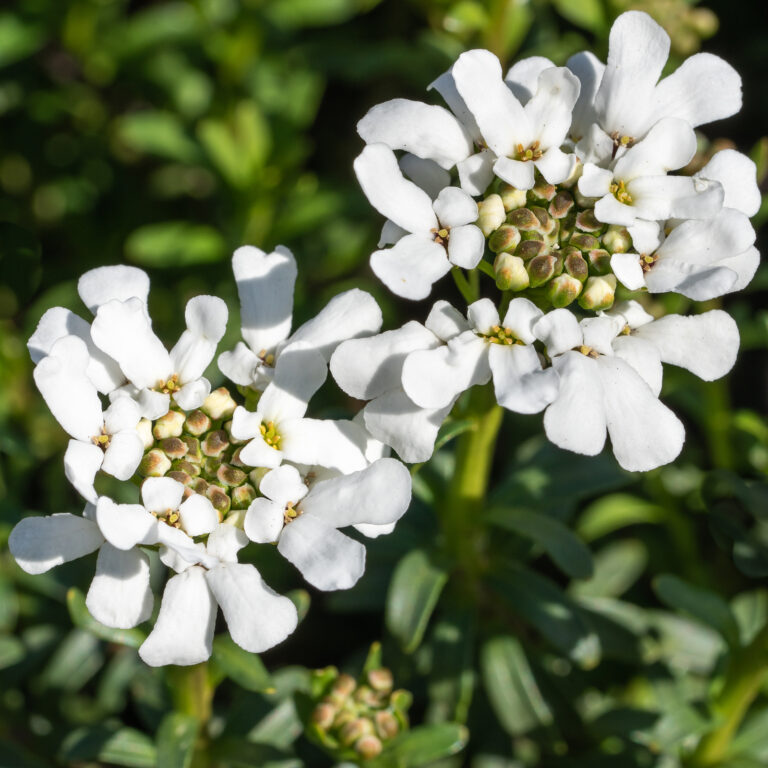How to Grow Tree Mallow — Lavatera
Tree mallow, Lavatera, is a shrub-like semi-green perennial with rounded. Showy, five-petaled saucer- or funnel-shaped flowers resemble small hibiscus and come in shades of pink and white.
Lavatera is a genus of 25 species–usually tall, branching fast-growing herbaceous annuals and several shrubby perennials. Annual tree mallow is colorful with mallow-like flowers and lobed, gray-green felted leaves.
Lavatera is easily grown in any average garden soil. it is well suited for dry, rocky soils. Perennial lavatera is best suited for Mediterranean conditions. Annuals raised from seed, lavatera will bloom by late summer.
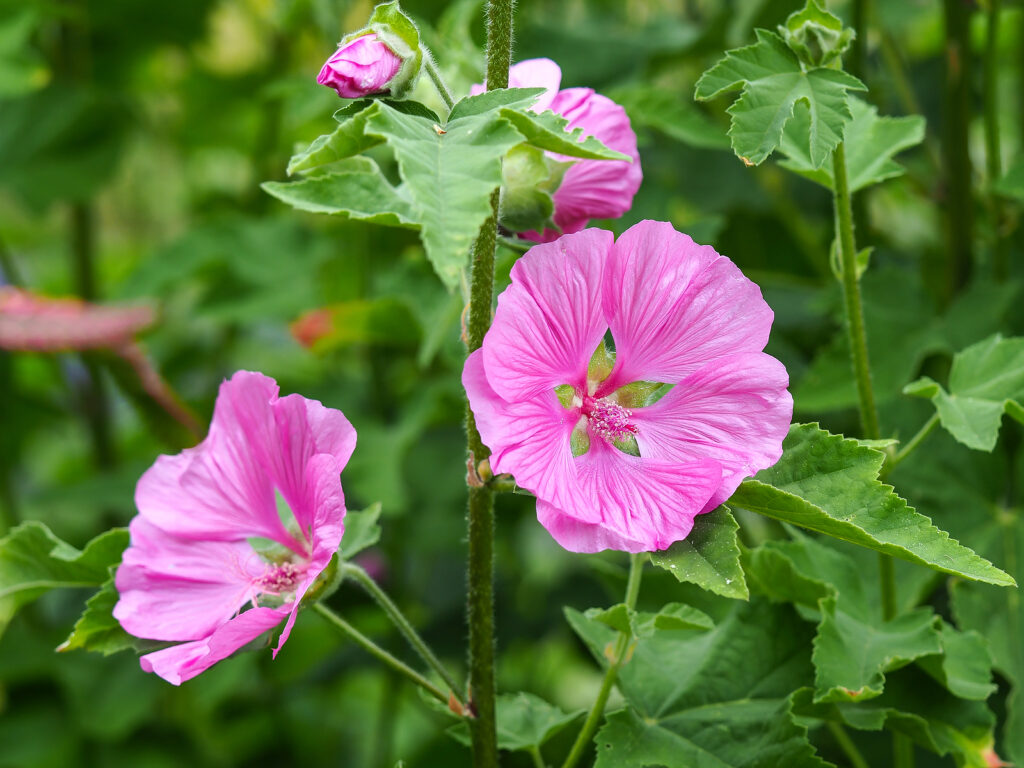
Get to know Lavatera
- Plant type: perennial, sometimes grown as an annual
- Growing Zones and range: 2-11
- Hardiness: Half-hardy
- Height and width: 24 inches (60cm) to 4 feet 1.2m) tall; 12 to 24 inches (30-60cm) wide
- Foliage: Medium to dark green leaves shaped like maple leaves
- Flowers: Satiny saucer-like blooms similar to hibiscus flowers
- Flower colors: White, pale pink, lilac and red
- Bloom time: Early summer to frost
- Uses: Vertical accent, cut flowers
- Common name: Tree mallow, annual mallow
- Botanical name: Lavatera species
- Family: Malvaceae
- Origin: The Mediterranean to Central Asia, Australia and California
Where to plant Lavatera
- Grow Lavatera in full sun.
- Plant Lavatera in humus-rich, well-drained soil. Soil too rich will yield abundant foliage but few flowers.
- Lavatera prefers a soil pH of 6.5.
Lavatera uses
- Set Lavatera at the back of a summer border.
- Lavatera can be planted as a fast-growing hedge or screen.
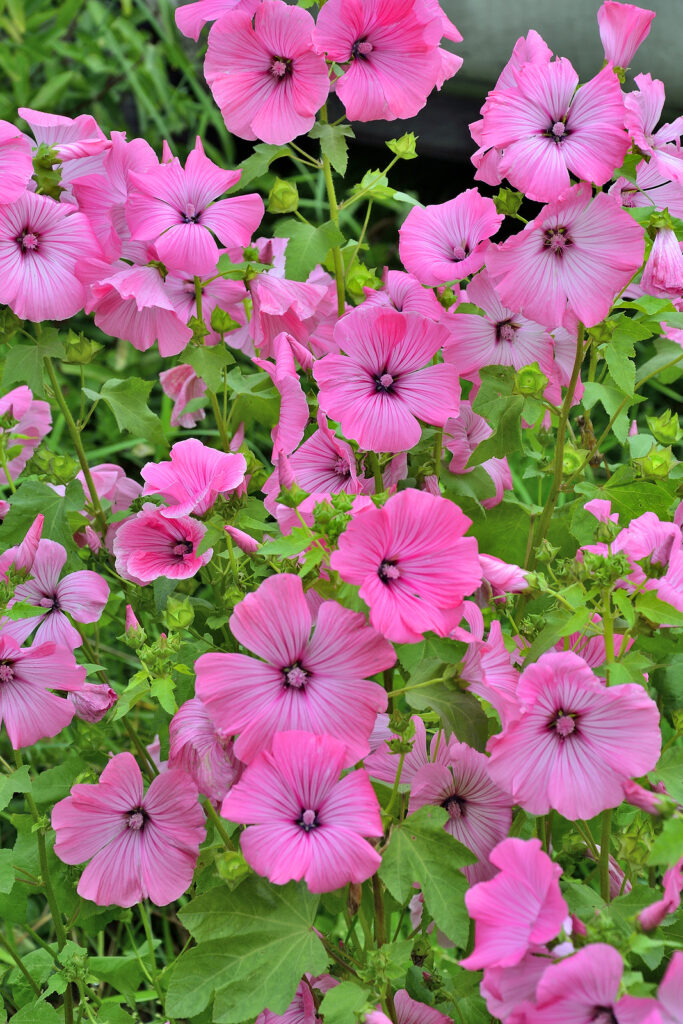
When to plant Lavatera
- Set Lavatera in the garden in spring after all danger of frost has passed.
- Start seed indoors 4 to 5 weeks before the last frost for setting out in the garden after the last frost.
- Sow seed outdoors after the last frost.
Planting and spacing Lavatera
- Start seed indoors in flats or individual pots; sow seed 1/8 inch deep in seed starting mix or light potting soil. Start seed indoors under warm fluorescent lights.
- Sow seed outdoors in evenly prepared soil.
- Space Lavatera 2 to 4 feet apart depending on the variety.
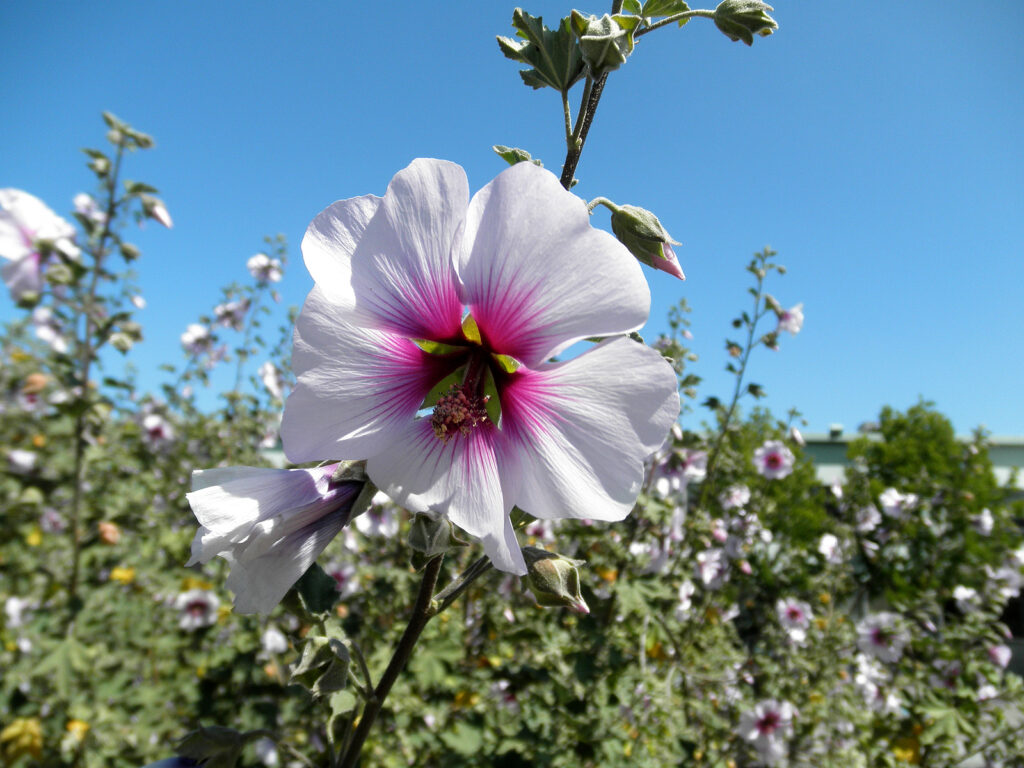
How to water and feed Lavatera
- Lavatera needs moderate moisture. Keep the soil just moist.
- Fertilize Lavatera with a liquid all-purpose fertilizer every 4 weeks.
Lavatera care
- Mulch around annual tree mallow to conserve soil moisture.
- Stake taller plants so they do not flop over.
- Trim spent blooms to prolong flowering.
- Perennial lavatera: shorten excessive growth in autumn and prune hard in spring.
- Wash aphids off of foliage or flowers if they appear in spring or summer.
Lavatera propagation
- Take softwood cuttings in late spring or summer.
- Sow the seed of annual lavatera in spring.
- Seeds germinate in 14 to 21 days.
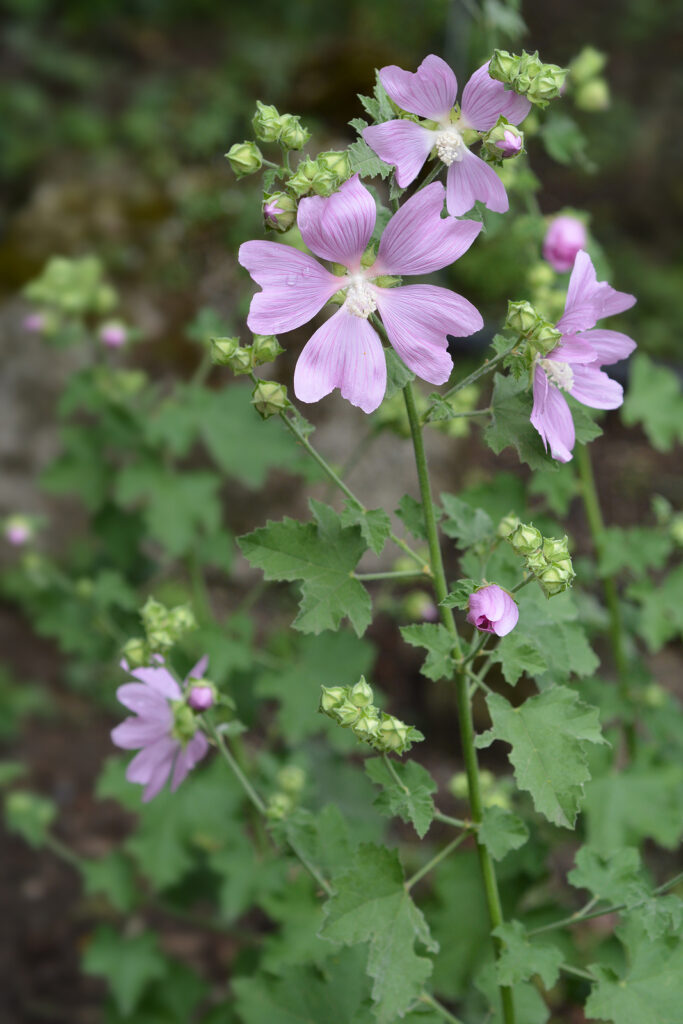
Lavatera varieties to grow
- Lavatera maritima, tree mallow: Evergreen shrub to 6 feet tall and 3 feet wide; gray-green lobed leaves; pale pink flowers 2 to 3 inches across with notched petals; veins at the base of each petal is magenta.
- L. thuringiaca, tree mallow, tree lavatera: Shrubby perennial grows 5 to 6 feet tall and wide; funnel-shaped 2 inch wide flowers singly or in loose clusters; ‘Barnsley’ produces 3-inch wide pink flowers.
- L. trimestris, lavatera, tree mallow: Annual grows 2 to 4 feet tall; well-branched; bears funnel-shaped 3 to 4 inch wide flowers; cultivars include ‘Mont Blanc’ is white and grows to 2 feet tall, and ‘Loveliness’ is deep pink and grows to 4 feet tall.

